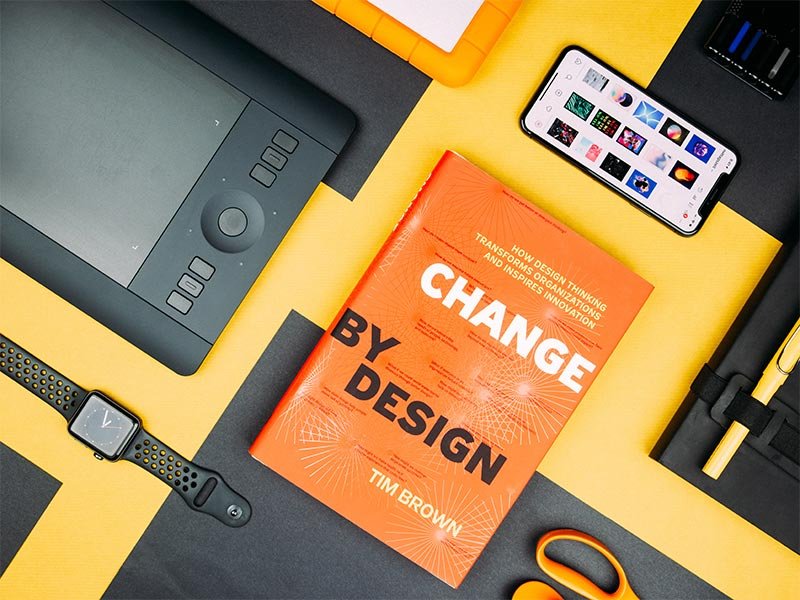

In the ever-evolving landscape of the job market, the conventional trajectory from education to career has undergone profound changes. This blog delves into the crucial necessity of bridging the gap between the classroom and the professional world, emphasizing the pivotal role of preparing students for tangible success in their future careers.
The Changing Landscape:
The job market today is a dynamic and rapidly changing entity. Employers are no longer just looking for academic excellence; they seek a set of skills and qualities that extend beyond the traditional classroom setting. As industries evolve, the gap between what is taught in schools and the skills demanded by the workforce continues to widen.
Understanding Employer Expectations:
In this shifting landscape, it’s essential to understand what employers truly value. Adaptability, problem-solving, effective communication, and collaboration are now as crucial as subject-specific knowledge. Successful career paths today often hinge on these soft skills, and students must be equipped with them to thrive in the professional arena.
Consider the story of Sarah, one of our program’s beneficiaries and a recent graduate who seamlessly transitioned from the classroom to a successful career. Beyond her academic achievements, Sarah’s ability to adapt to new challenges, solve complex problems, and communicate effectively set her apart in the job market.
Incorporating Real-World Experiences:
To bridge the gap effectively, educational institutions must go beyond theoretical knowledge. Integrating real-world experiences, such as internships, co-op programs, and hands-on projects, into the curriculum is paramount. These experiences not only provide students with practical skills but also give them a taste of the challenges and expectations they’ll face in their future careers.
Take the example of the African leadership University, where students are actively involved in industry-specific projects throughout their academic journey. This hands-on approach not only enhances their understanding of theoretical concepts but also fosters a proactive attitude toward problem-solving.
The Role of Mentoring and Networking:
Mentorship plays a transformative role in guiding students toward their career objectives. Establishing connections between students and professionals in their field of interest provides invaluable insights and advice. Networking is a skill that goes hand-in-hand with mentorship, opening doors to opportunities that might not be evident within the confines of the classroom.
Imagine John, a student who, through the Idea mentorship program, gained insights into the day-to-day realities of his desired industry. This not only helped him refine his career goals but also provided a valuable network of professionals willing to support his journey.
Adapting Curriculum to Industry Needs:
Educational institutions must actively adapt their curriculum to align with industry needs. Staying abreast of current trends and collaborating with industry professionals ensures that students are equipped with the most relevant and up-to-date knowledge and skills. Initiatives such as joint projects, guest lectures, and industry-sponsored events can bridge the gap between academia and the professional world.
Consider the success story of the partnership between ABC College and a local tech company. By aligning the curriculum with industry demands and providing students with exposure to cutting-edge technologies, graduates from this program enter the workforce with a competitive edge.
In conclusion, bridging the gap between the classroom and career is not just a matter of academic reform; it’s a holistic approach to preparing students for success in the modern workforce. By aligning educational practices with industry needs, fostering real-world experiences, and promoting mentorship and networking opportunities, we can empower students to seamlessly transition from their educational journey to a gratifying and successful career.
Call to Action:
As educators, students, and policymakers, we all play a role in ensuring that our education system prepares students not only with knowledge but also with the skills and mindset needed for the challenges and opportunities of the future. Let’s actively engage in initiatives that promote the integration of real-world skills into our educational system, ultimately contributing to the success of each student in their chosen career path. Together, we can bridge the gap and build a more connected, informed, and successful generation.
